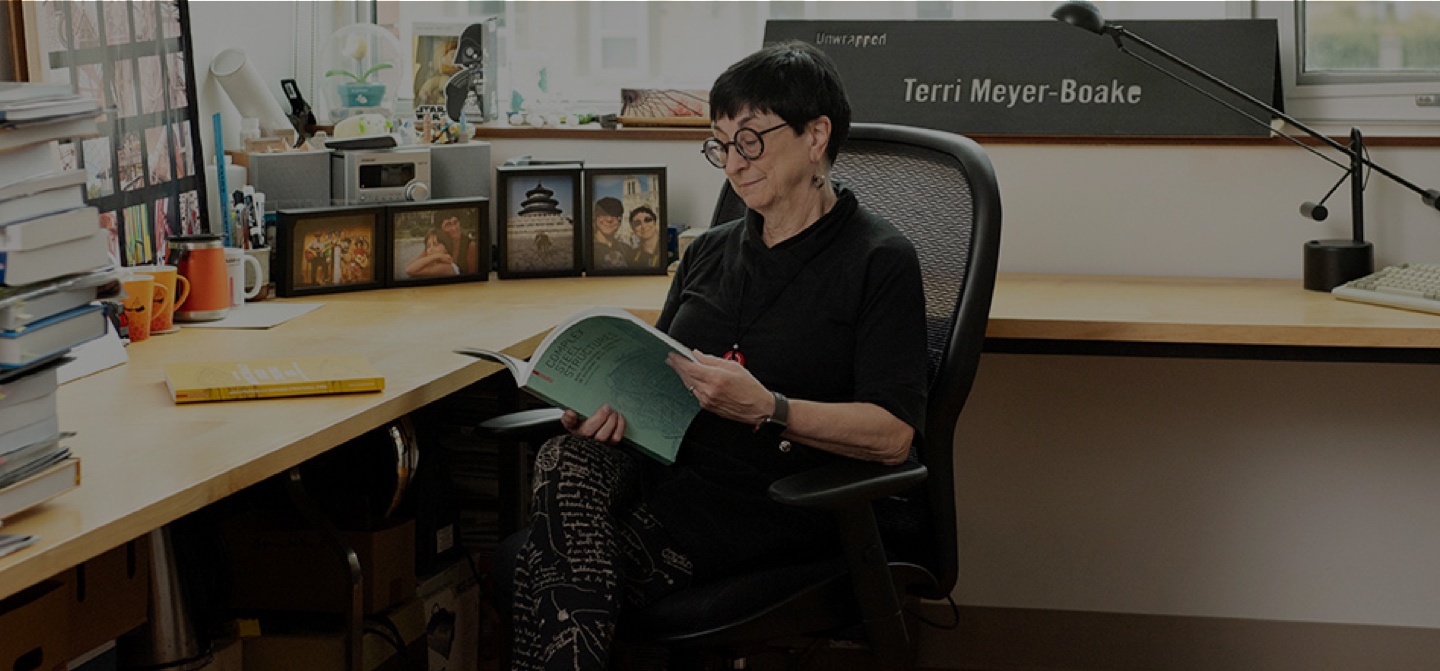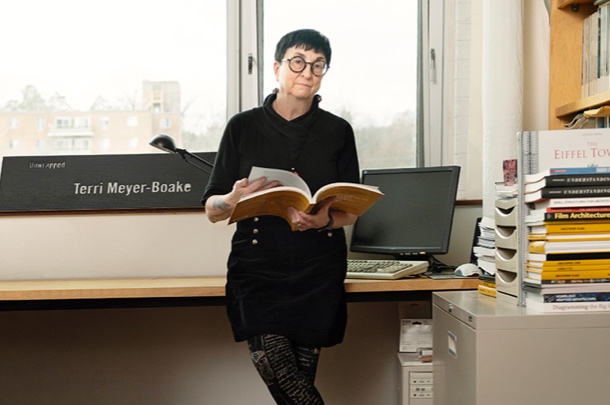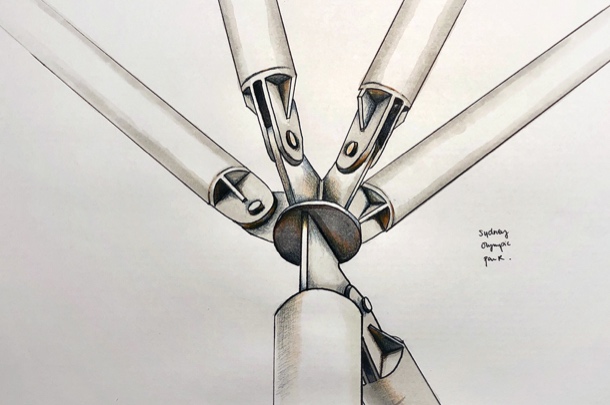Terri Meyer Boake's lessons used to come straight from books.
Boake, a professor in the School of Architecture at the University of Waterloo in Ontario, Canada, had a pragmatic teaching style. “I have a closet engineer inside of me that keeps trying to get out,” she says. Her perspective changed, however, the day she attended her first educators meeting of the Canadian Institute of Steel Construction.
Architecture, particularly the lessons she was teaching on steel architecture, suddenly moved from the theoretical to the tangible.


